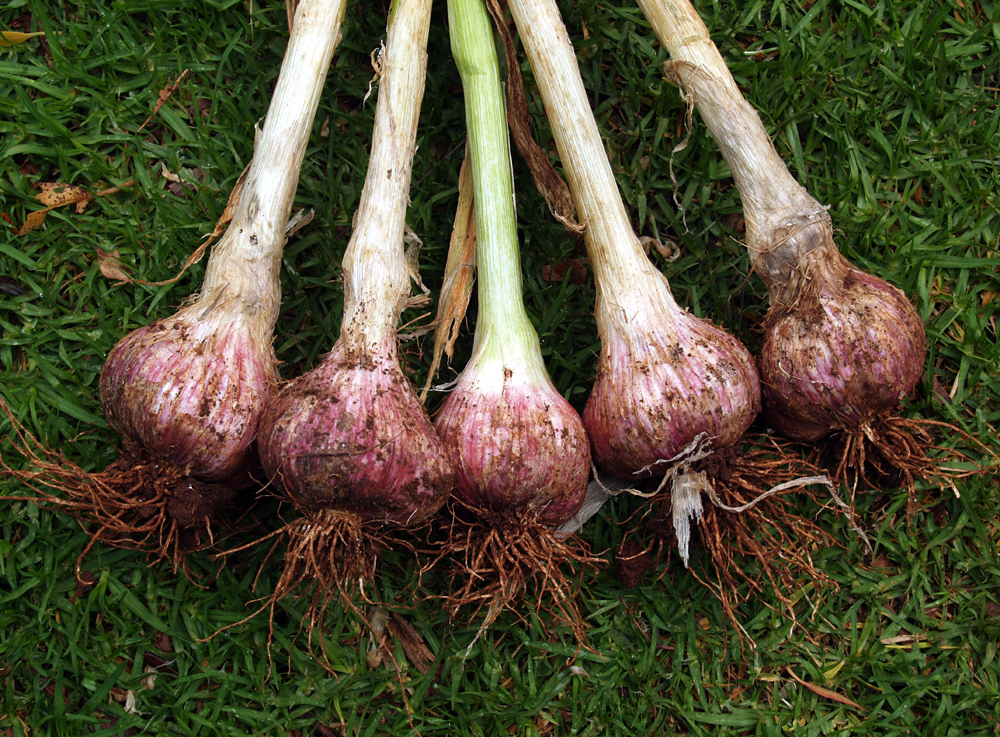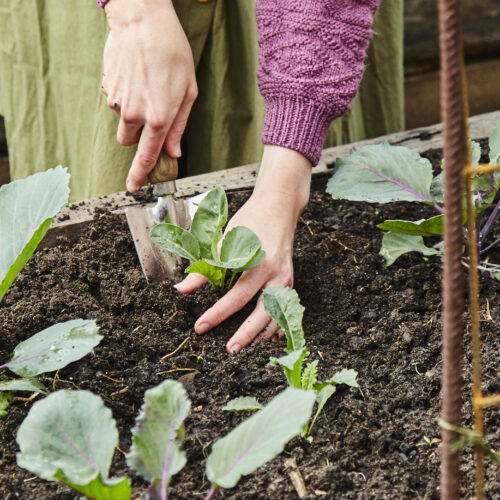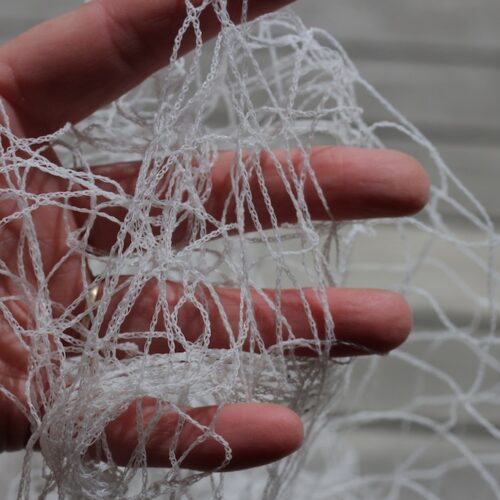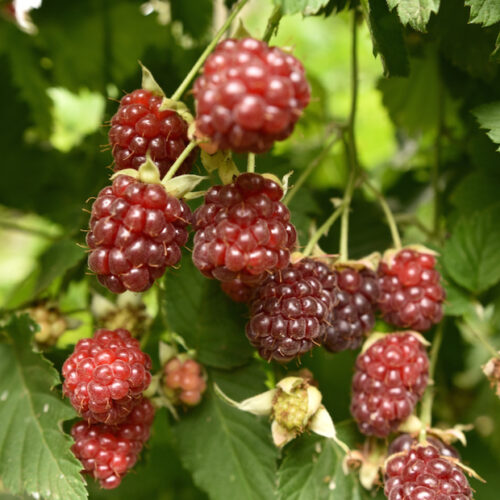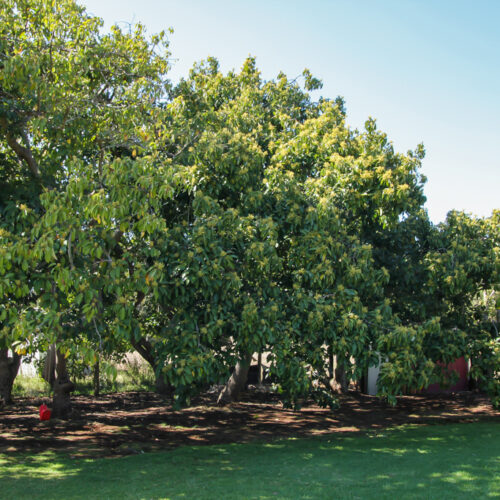What to do in November
2012-11-05T00:27:26+11:00
JUSTIN RUSSELL's suggestions of what to do in the organic garden during November.
The heat is on in most parts of Australia. In the north, the wet season is starting to really gather steam, and in the south and west, particularly through Victoria, South Australia and Tasmania, the BOM is predicting a hotter than average summer. Time to get prepared.
-
If you haven’t already installed a rainwater tank, now is the time to do so. There are loads of options to choose from – everything from large, bladder lined tanks to slimline models that can squeeze into the side passage beside your house. If money’s tight, consider recycled, food grade barrels, wine barrels, and 1000L “IBC” tanks (the ones with a surrounding cage). Check with your local council about possible rebates.
-
There are loads of innovative products around to help irrigate your garden efficiently. Look for items such as low flow “wobbler” sprinklers, wicking bladders, and metered trigger nozzles. For details on these and other efficient products visit the Smart Approved Watermark website.
-
In the hottest parts of the country, it’s time to down planting tools and focus on keeping plants alive and thriving. In the coldest parts, the last frosts should have come and gone, and summer vegie crops can be safely planted outside. The list of crops to plant now includes summers lovers tomato, capsicum, chilli, eggplant, potato, cucumber, pumpkin, melon, zucchini, corn, bush beans, climbing beans and basil.
-
Sweet potato is a crop for almost every climate in Australia. It will thrive from Darwin to Melbourne, and is even possible in some parts of Tassie. The traditional planting method is to take a cutting (called a “slip”) from an existing plant, which is then rooted in moist, fertile soil. In cooler areas its easier to purchase a potted plant from the nursery, or to start with a few tubers from the green grocer. Sweet potato is a rampant grower in warm areas. Keep an eye on the plant as it has a tendency to smother everything in its path.
-
November is the major garlic harvesting month in my part of the world. To ensure the bulbs keep in storage, its important to cure them. After carefully lifting the bulbs from the ground, place them in a warm, airy spot so that the skins can dry. A covered carport or outdoor area is ideal, and the bulbs can be hung in bunches or placed on drying racks. After a few weeks, cut off the tops and roots, then store in a cool, dry shed or larder. Well-cured garlic can last for nine months.
-
Fungal disease is on ongoing problem for those of us growing our own fruit. Calcium is one of the major tools in our arsenal, either in the form of milk diluted 1 to 10 with water and sprayed on foliage, or even better whey. Research by winemaker David Bruer in SA has shown that under ultaviolet light, a protein in whey breaks down to produce an oxygen radical that is extremely toxic to fungal spores. A DIY spray can be made from 30g whey powder per litre of water.

